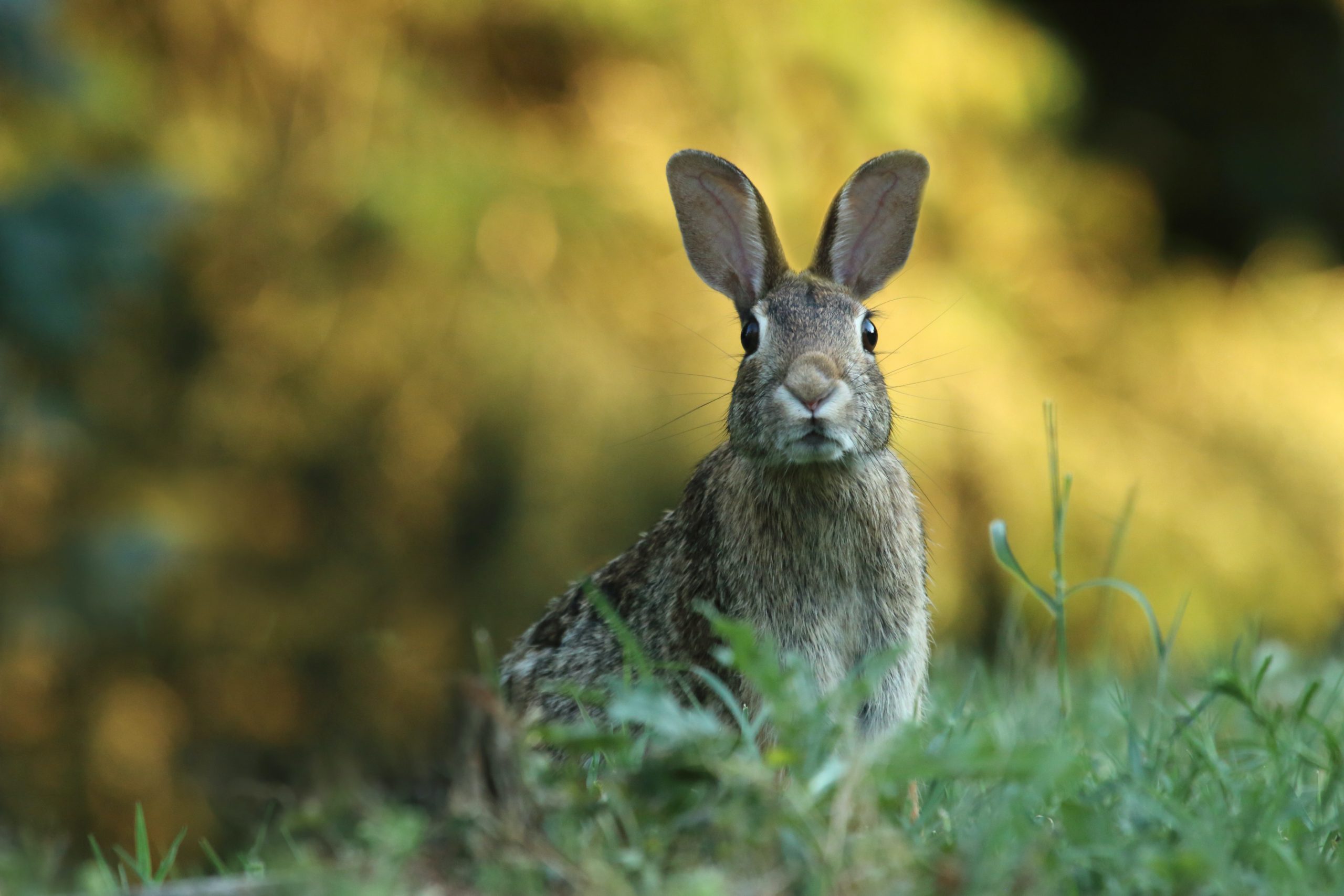Do you know what invasive species are? Invasive species are those that have been transported to a habitat where they are not native, usually by humans. Invasive species are dangerous because they can endanger native species, devastate land, and disrupt food chains. These species are so harmful that they threaten 42% of all endangered species. Invasive species, such as rabbits, coffee border beetles, and English ivy, clearly cause significant damage to their non-native habitats.
In 1859, 13 European rabbits were sent to Australia for hunting purposes. The rabbits were given to Thomas Austin, a wealthy settler in Victoria, Australia, who kept them on his property. Within 50 years, European rabbits had spread throughout the continent, destroying the land. Rabbits are of European origin, but due to their colonization, they can now be found all over the world, including Australia and the Americas. Rabbits spread rapidly in non-native habitats as they have few natural predators outside of Europe (particularly in Australia) and reproduce quickly. European rabbits have reduced the numbers of many native plants and have harmed crops as well. Biologists, farmers, and the Australian government have attempted a variety of methods to reduce rabbit populations in non-native habitats, including poison, fences, and viruses, with slow but promising results. Rabbits are a thriving menace in non-native habitats but declining in natural habitats!
The coffee borer beetle, or hypothenemus hampei, is a beetle native to Central Africa that has spread to all of the world’s top coffee-producing countries except Nepal and Papua New Guinea. The coffee borer beetle is the world’s most economically devastating coffee pest, costing the coffee industry $500 million every year. This invasive beetle damages coffee berries by drilling holes in mature and immature berries and depositing eggs within, causing coffee berries to fall and fungus to spread. Overall, the coffee borer insect has wreaked havoc on coffee plantations all over the world, severely reducing coffee yield and quality and, as a result, lowering coffee farm income and pushing many out of business. This clearly demonstrates how even the smallest species may have a significant impact on non-native environments.
The final invasive species on the list is a not an animal but a plant. The English Ivy, also known as common ivy, is a rapidly growing plant native to Northern Africa, Western Europe, and Asia. It was brought to the United States by settlers as early as 1727. The English Ivy is most common in Virginia, however it may be found across the United States due to its quick growth. Ivy is extremely hazardous to its surroundings as it could climb and strangle plants, block sunlight, and harm tree barks by moistening them and allowing fungus to thrive. English ivy can also cause property damage by climbing fences and houses. Even plants, which appear to be the most innocent form of life, can ruin non-native ecosystems.
Many species are threatened by invasive species like rabbits, coffee border beetles, and English ivy. Unfortunately, humans are the primary cause of the prevalence of invading species. People used to bring animals all over the world, completely oblivious of the effects. Even now, humans can unintentionally transfer invasive organisms across borders in their clothing and shoes. The best thing we can do to avoid spreading invasive species is to clean our shoes and wash our clothing before traveling. Another thing to be reminded of is to not transport biotic creatures unlawfully from one nation to another. If we take these precautions, we can make the world a better place than it was before.
Photo by Gary Bendig on Unsplash


